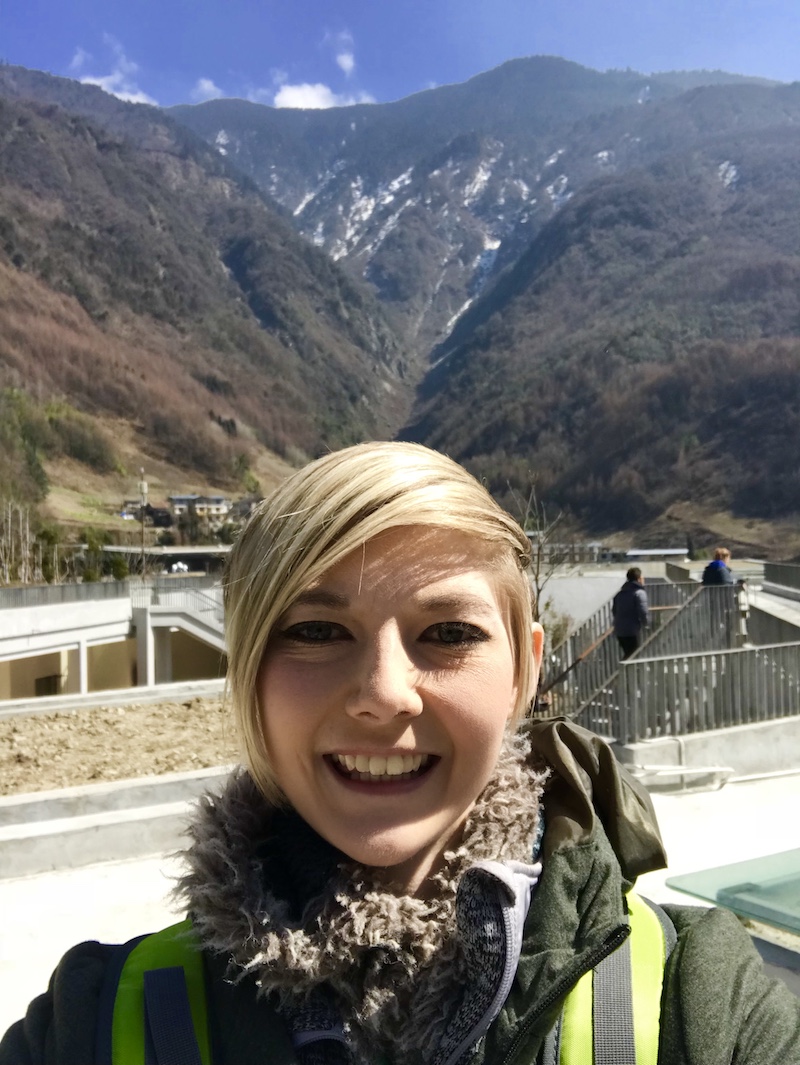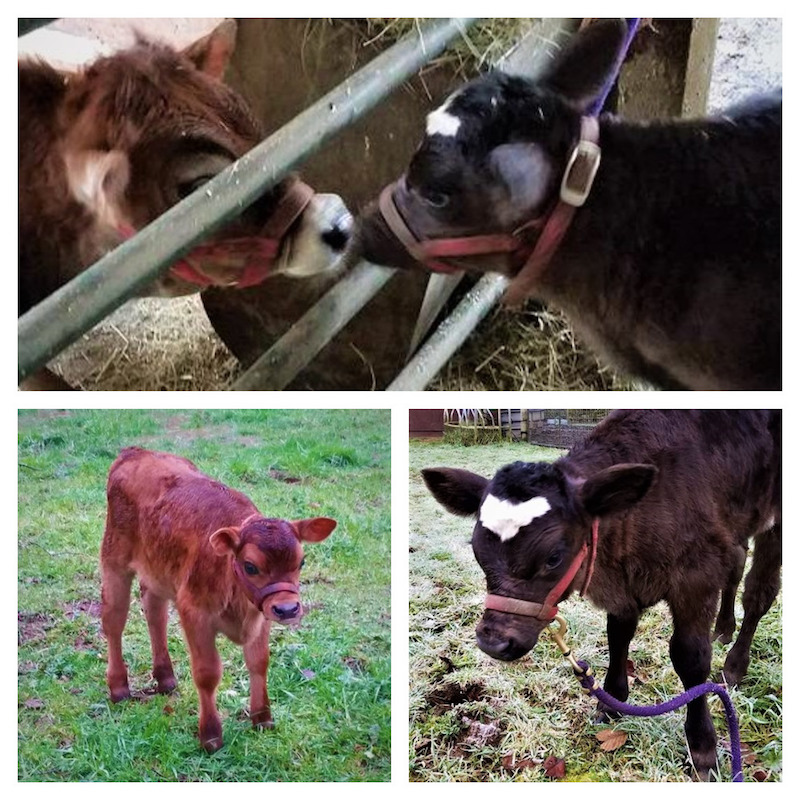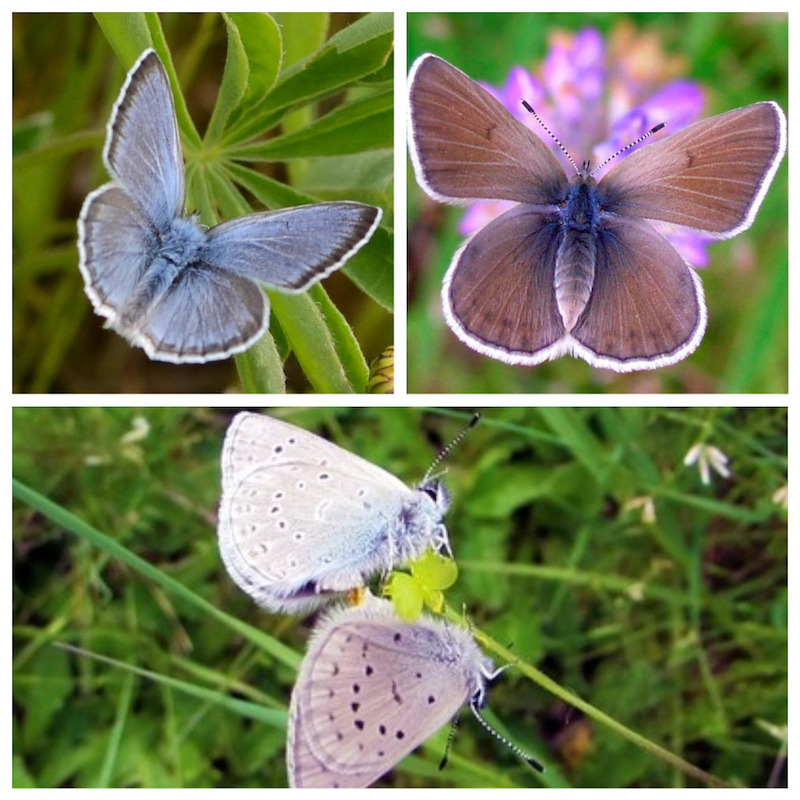I live in the beautiful forests of Washington State in the Pacific Northwest, just north of Portland, Oregon, the hometown of PDX Wildlife. I’ve always held a deep fascination for animals. Heck! For nearly half my life, I was intent on becoming a vet. Well, that was until I learned of how frequently they had to deal with… death.
With the mind of a conservationist, I’m far more captivated by the other end of the spectrum: the creation and beginnings!

Though I have been fascinated by biology and animals since I was a little kid, much of my reproductive intrigue was fostered through a recent technician position with the endangered Fender’s Blue Butterfly and my home life working with miniature cow breeding. Having been raised on a farm and regularly concerned with the animal’s wellbeing and serenity, I became particularly intrigued by some of the reoccurring instances on the farm. Often times, for instance, especially during hot summers, we would have the most difficult time determining when the females would come into heat and it was nearly impossible to get the inseminations to successfully ‘take’. Heat stress, I learned through later research, asserts tremendous impact on ovarian cycles and productive conception. For the past few years now, we have been able to track the weather patterns of summer and keep potential mothers shaded in the barn. Subsequently, we have had far greater success in timing; which, of course, means quite a few more romping little ones!
 This success on the farm was central in launching my attention towards reproductive ecology. Just a few years later, I was immersing myself in conservation research with the Fender’s Blue Butterfly. As reproduction and population growth were fundamental components in the team’s goals, my project focused on the feeding frequency of the Fender’s blue on a prime nectar source. As the endangered Fender’s blue rely heavily upon their host plant for reproductive means and don’t travel far from it, I was determined to see if there was an optimal distance to plant their main nectar source. Having the nectar sources less than a meter away, I found, substantially altered use by the Fender’s blue; primarily the egg-laying females. As it is findings such as this that are key to population growth, they are essential to understand; and are, of course, also the most fascinating to discover!
This success on the farm was central in launching my attention towards reproductive ecology. Just a few years later, I was immersing myself in conservation research with the Fender’s Blue Butterfly. As reproduction and population growth were fundamental components in the team’s goals, my project focused on the feeding frequency of the Fender’s blue on a prime nectar source. As the endangered Fender’s blue rely heavily upon their host plant for reproductive means and don’t travel far from it, I was determined to see if there was an optimal distance to plant their main nectar source. Having the nectar sources less than a meter away, I found, substantially altered use by the Fender’s blue; primarily the egg-laying females. As it is findings such as this that are key to population growth, they are essential to understand; and are, of course, also the most fascinating to discover!
It was truly enthralling! How something as minor as too much sun or difference of a few meters could escalate to something as large as hindered reproduction. I knew this was something that intrigued me, something that I was passionate about, and something I would be determined to pursue long into my career.

When I heard I was accepted to join the PDXWildlife research team for the breeding season, I couldn’t believe it! The chance to work in conservation! The chance to work with reproduction! The chance to work with Pandas! I couldn’t think of a more fitting opportunity encompassing everything I’ve been striving towards for as long as I can remember.
Focusing primarily on how the rapid changes to the environment impact large mammalian reproduction, my long term goal is to continue my education through to a doctorate and progress conservation efforts through independent research of my own. Man! If I get the chance, I would be more than happy to just keep doing work with the Giant Pandas! As symbols of peace, harmony, and friendship…they are absolutely gorgeous creatures who not only need, but also fully deserve the concern and support of all those passionate about them. I am truly honored to be among the ones that can.
I leave here in early February and cannot wait to begin studying mate choice with Meghan and the rest of the team! As soon as I discover what new element I can explore to aid these beautiful creatures, I will keep you all up to date on my progress and life in Gengda… with pictures a plenty, of course!
So good to meet you all!
-Meagan Gombart

